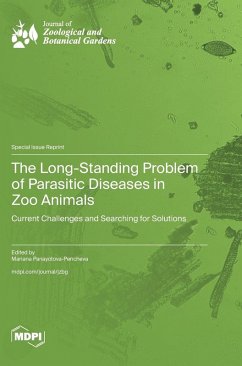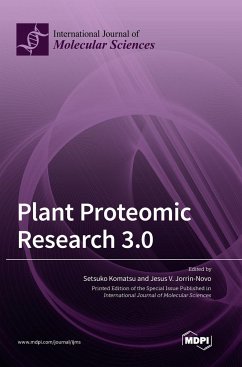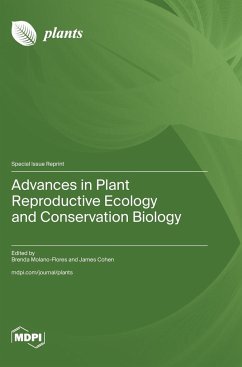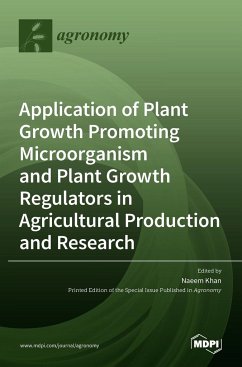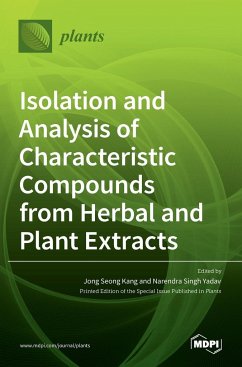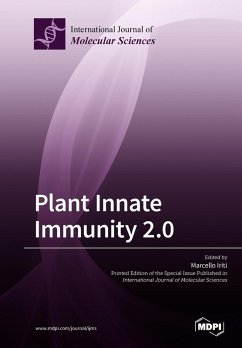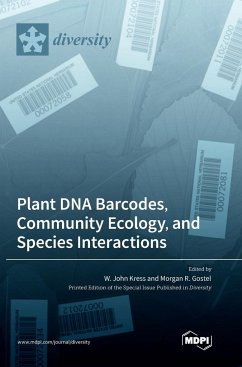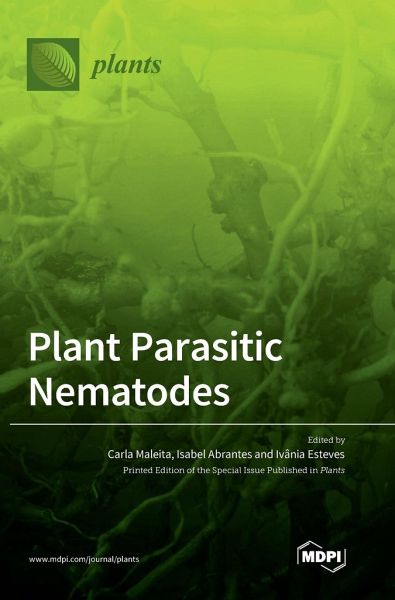
Plant Parasitic Nematodes
Versandkostenfrei!
Versandfertig in 1-2 Wochen
69,99 €
inkl. MwSt.

PAYBACK Punkte
35 °P sammeln!
Plant-parasitic nematodes (PPNs) are economically important pests for numerous agriculture and forestry crops, representing a significant constraint on global food security and forestry health. Root knot nematodes (Meloidogyne spp.), potato cyst nematodes (Globodera spp.), and root lesion nematodes (Pratylenchus spp.) are some examples of PPNs that are ranked at the top in the list of the most economically and scientifically important species. Current approaches to controlling these PPNs include the use of nematicides, but many pose serious concerns for human health and the environment. To cop...
Plant-parasitic nematodes (PPNs) are economically important pests for numerous agriculture and forestry crops, representing a significant constraint on global food security and forestry health. Root knot nematodes (Meloidogyne spp.), potato cyst nematodes (Globodera spp.), and root lesion nematodes (Pratylenchus spp.) are some examples of PPNs that are ranked at the top in the list of the most economically and scientifically important species. Current approaches to controlling these PPNs include the use of nematicides, but many pose serious concerns for human health and the environment. To cope with such threats, accurate diagnostic methods for nematode detection and a deep understanding of nematode infection processes, as well as of their intricate relationships with the host plants, are crucial for the development of effective integrated nematode management programs. This Special Issue entitled "Pant Parasitic Nematodes" is a collection of 11 original papers that cover a wide range of topics, including the state of the art of important PPN, and the detection and management of PPNs through sustainable and eco-friendly strategies.



